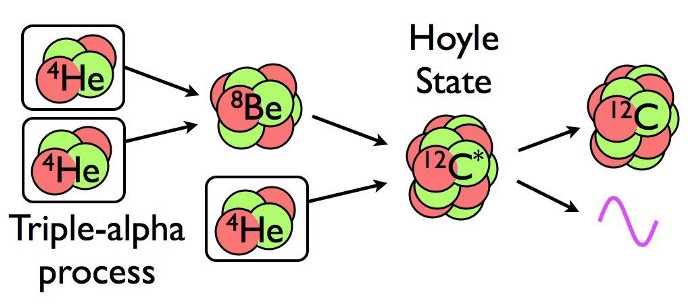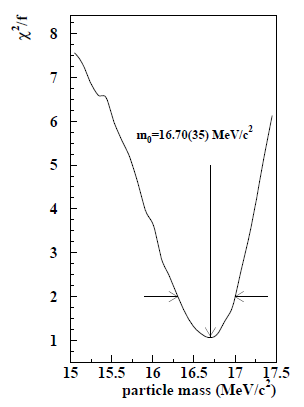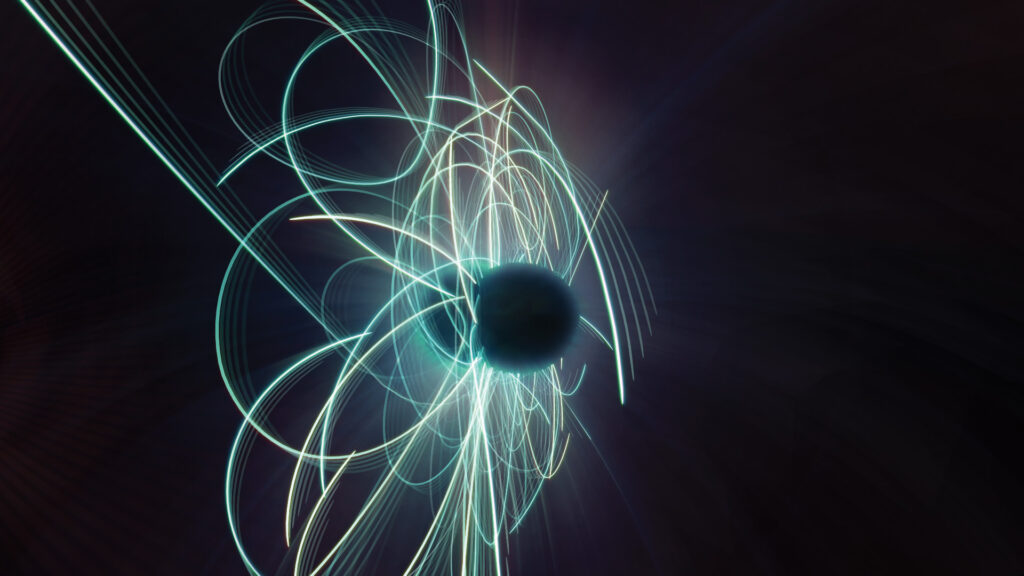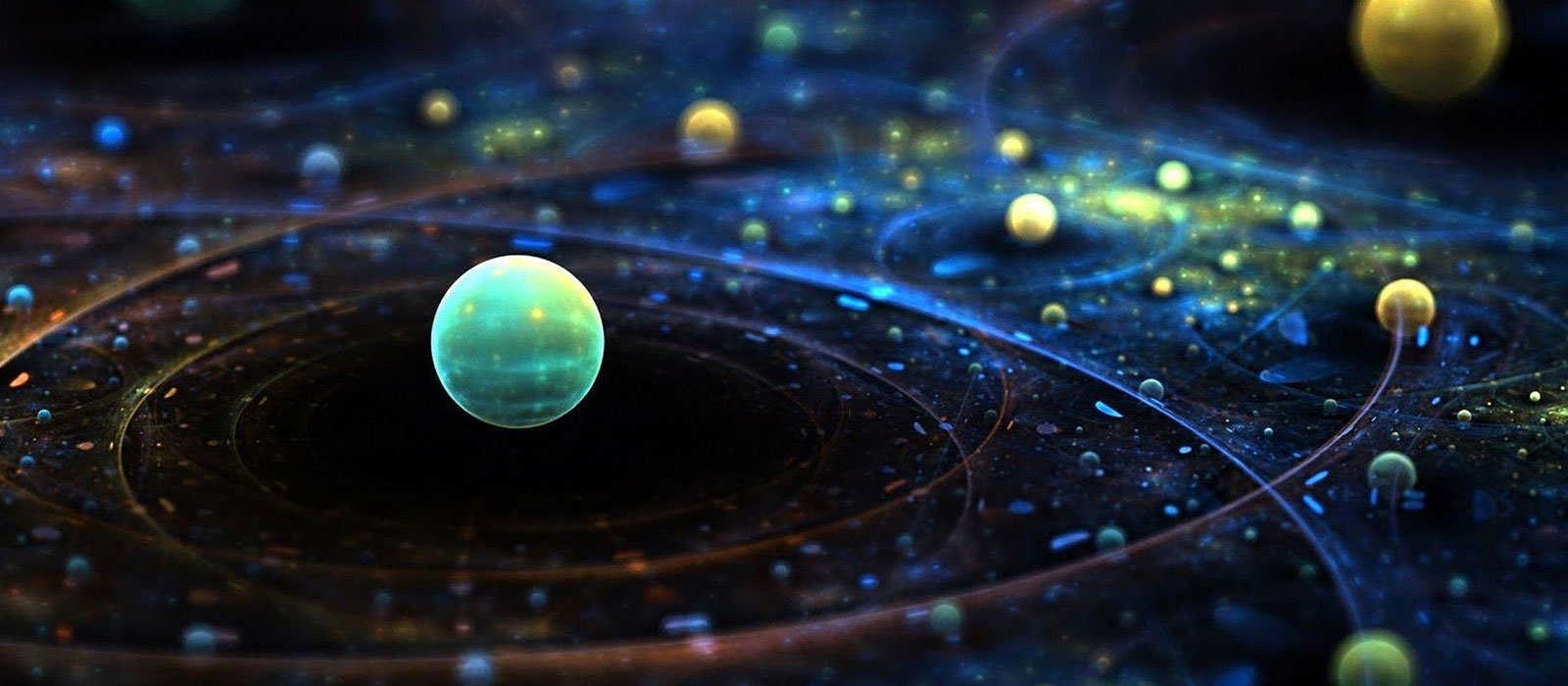The universe is a mysterious place. Every now and then, it fires an inconsistency at us and sits there laughing, ridiculing at our inability to comprehend it. Man is a retard, who even after being mocked by the universe, sets sail on a journey to further his knowledge, only to end up crashing into another peculiarity, sinking his Titanic of exploration. Once he resolves a problem and begins the journey again, a new anomaly shows up and spoils all the efforts of years of head-scratching. The Atomki anomaly is a new queuer in the world of anomalies.
The Triple Alpha Process and the Atomki anomaly…
It’s often said that anomalies and inconsistencies are the keys to understanding the universe in physics. If it were not for the discrepancy in the observed energy of the electron in beta decay, the neutrino would never have been found; or if there was no inconsistency in the internal structure of composite particles, quark model would never have been proposed. Thus usually it is the puzzle itself that poses the solution to the problems in physics.
The existence of Carbon in this universe was a puzzle to physicists. This is because, from any of the nuclear reactions that could possibly take place in any star, there was no way of getting to carbon. But in the 1950s, Fred Hoyle put forward a brilliant solution. He postulated that in extreme conditions that are present in the stars, two alpha particles (Helium nuclei) could combine to form the unstable beryllium-8 nucleus. But if another alpha particle could combine with the beryllium-8 nucleus before it decays, carbon atom could form. This carbon atom would be in a resonant excited state, which could decay back into the carbon atom that exists in the universe today. This process is called the triple-alpha process. This process is the very reason for our existence. All the life forms present on earth are grateful to this marriage of helium-4 and beryllium-8 for their being.

[Image: Ethan Siegel]
In 2015, a group of Hungarian physicists at ATOMKI (The Institute for Nuclear Research, Hungarian Academy of Sciences) set to study the short-lived excited state of beryllium-8, which was one of the essential ingredients for the formation of carbon. To do so, they fired a stream of protons at a sheet of lithium-7 to form unstable beryllium-8. This nucleus would decay into two helium-4 nuclei along with a high energy gamma photon. This photon has enough energy to form an electron-positron pair. From the known energy of the initial photon, it is possible to find out the possible angles between the formed electron and positron. Statistically, the number of decays is maximum at 0° and then goes on decreasing until reaching a minimum at 180°. This is the theoretically predicted value.

[Image: Greatians]
But what the Atomki group observed, has proven to be a new piece of the puzzle that does not fit anywhere on the board. They observed a spike in the number of electron-positron pairs forming at an angle of 140°, which was unexplainable by the standard model. No such spike should have existed if all the existing theories were to satisfy. This anomaly is known as the Atomki anomaly and is still perplexing the physicists all the same.

This cannot be explained by any existing theories.
[Image: Observation of Anomalous Internal Pair Creation in 8Be: A Possible Signature of a Light, Neutral Boson]
How X17 enters the game…
Calculations showed that if there existed a new subatomic particle of mass 17 MeV, then this anomaly could be explained. They postulated that the unstable beryllium emitted this particle which in turn decayed into electron-positron pair, and this was the reason why a spike was observed at 140°. They called this particle X17, where 17 stands for its mass. This hypothesized particle is 35 times heavier than the electron. The most bizarre fact about this particle is that it is protophobic- which means it does not at all interact with the proton although it interacts with the electron and the neutron. And this would be one of the prime problems in trying to reconcile the particle with the standard model. What is more interesting about this particle is that it is a boson. And bosons, as you know, are the force carriers of nature. Existence of a new boson would simply imply that there is another fundamental force, the fifth force in nature mediated by the X17 particles.


This particle recently gained attention because the team at Atomki devised another alike experiment. This time considering the decay of unstable helium nucleus. Again a similar anomaly was observed, but this time the angle was 115° instead of 140°. They backtracked the experiment and rewrote the calculations considering the different isotope of helium taken, only to find out that again, the same particle X17 could explain the anomaly with helium too. This is the reason the particle has stirred up the scientific community.
X17 and Dark Matter.
Dark matter is an open question in physics. It is something that the standard model has not yet incorporated, and also not much is known about it. Anything unexplainable that turns up in physics naturally points toward this. The X17 more particularly points towards dark matter because several dark matter models have predicted the existence of particles in the mass range of 10 – 20 MeV. And also since this is a boson, it could be interpreted as the force carrier for the interaction of matter with dark matter. Also, the fact that this particle was never observed until now, and was always elusive, could mean that this could somehow be related to the dark matter, which too somehow has evaded detection. There is a stronger hunch towards the X17 being the dark boson because calculations have shown that lightweight dark bosons should be able to decay just the way the decay was observed by the Atomki team.
If the particle is found to be somehow linked to dark matter, then it will be credited for solving the problem regarding 80% of the matter present in the universe.

[Image: University of Birmingham]
Evidence and Criticism
CERN’s NA64 experiment has also attempted in performing a modified version of this experiment, firing electrons at a fixed target, but failed in finding the particle. This would make a place for criticism about the existence of this particle. Also, this is not the first time this group of researchers have reported evidence for new particles, they have also done it a few times before, only to withdraw their claims later. Also, the fact that only this specific team has seen a discrepancy tightens the possibility of this particle being a false signal due to a faulty setup. Right now, all eyes are set on the Large Hadron Collider’s beauty experiment (LHCb) which is going to either prove or disprove the presence of this particle by 2023.

[Image:Sci-News]
It is the natural tendency of physicists to jump to extreme conclusions with the excitement of Eureka, and this too might be one of such conclusions which is fated to become a failure. But in case this particle is proved to exist, it is a true twist in the story and will prove to be game-changer in the plot of physics.
The important thing is to not stop questioning. Curiosity has its own reason for existence. One cannot help but be in awe when he contemplates the mysteries of eternity, of life, of the marvellous structure of reality. It is enough if one tries merely to comprehend a little of this mystery each day.
Albert Einstein




[…] Thus, Ground-based and Sky-based observatories were invented to capture the astounding data showered upon us by vast Space. While many telescopes have been designed to serve the purpose, resolution plays a vital role in forming theory and laws about the Cosmos. To tackle this problem, the SLAC National Accelerator Lab is constructing the World’s Largest Digital Camera, ‘LSST camera’ which will be mounted on the ‘Simonyi Survey Telescope’. Nicknamed “Vera.C.Rubin Observatory” after the American astronomer and pioneer Vera Rubin who discovered the existence of Dark matter. (If you want to read more about candidates of dark matter: click here) […]